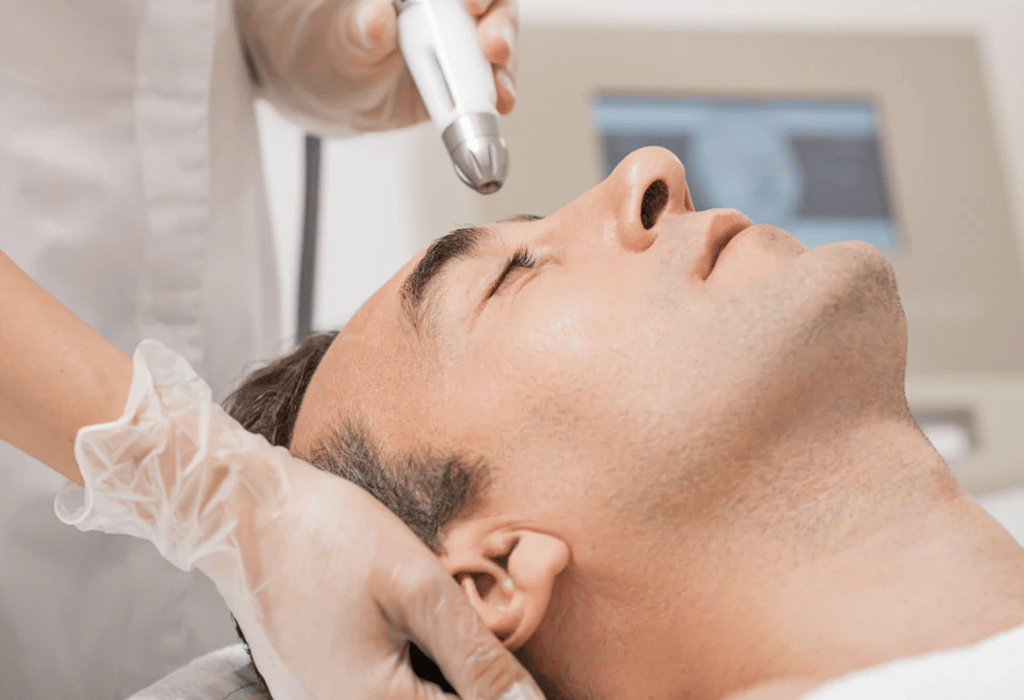Over the past few years, laser acne therapy has become very popular, and it is fast taking the place of more established methods of treating and preventing acne. There are many over-the-counter treatments and lotions available for treating acne. However, they do not deliver the results they promise.
Antibiotics are frequently ineffective or, at the very least troublesome to take continuously, but many individuals use them to prevent acne outbreaks. Because of this, more people are increasingly searching for novel approaches to treating acne-related issues. Laser therapy can successfully treat all forms of acne and is the best method for permanently curing acne issues.
How does the laser process for treating acne work?
The physician applies a laser pen pressure to the tissues or acne-damaged areas during the laser resurfacing process. The physician moves this laser pen back and forth over the damaged area while focusing a concentrated laser beam there. In this process, the discarded tissues are evaporated, and a fresh surface layer is produced to promote the development of new skin cells.
Although laser acne treatment is safe and hassle-free, some post-procedural swelling and bruising are common. Such adverse effects often only endure for eight to ten days. The finest method for eradicating acne problems is using laser therapy, which is quick and highly effective.
Results differ from person to person
Currently, there is no way to predict who will have clearer skin and how much skin will clear after receiving laser or other light therapy. The clearing is generally apparent, but not always.
Studies have shown that lasers and other light forms can help with acne. Rarely can these therapies eliminate acne on their own. Your dermatologist could advise utilizing an additional acne remedy, like a topical medication, to help you see the best results.
Results appear later
Researchers have repeatedly discovered in trials that patients get the best outcomes several weeks following the last therapy. One study found that after a 4-week treatment period, patients receiving photodynamic therapy, a type of light therapy, had 50% fewer spots.
They experienced a 72% reduction twelve weeks following the last treatment. Most patients require a series of sessions to see improvements, and multiple studies have demonstrated that combining treatments yield noticeably better outcomes than doing so alone.
Therapy using lasers and light typically produces long-lasting results. But patients usually require follow-up treatments to preserve the effects.
Laser and other light therapy procedures could have side effects
After using numerous lasers and lights, redness and swelling are frequent side effects. Patients occasionally report burning or stinging skin. These are typically minor and go away within a few hours or the following day.
Burns, blisters, and lasting agony are other side effects. Besides scarring, it’s also possible for your skin color to change. It is possible to avoid these adverse effects by receiving care from a board-certified dermatologist who routinely employs lasers.
The takeaway
Skin that is prone to acne needs gentle skincare to stop fresh breakouts. It is vital to do everything the dermatologist instructs to avoid side effects.

